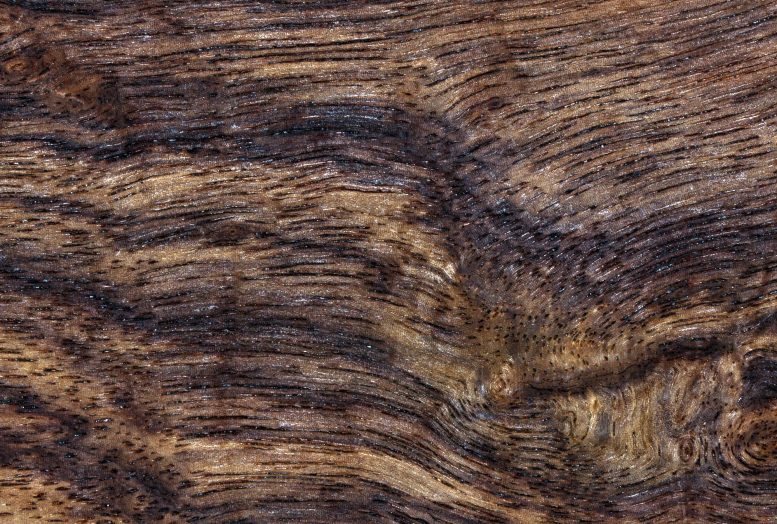
There is increasing interest around the world in using timber as a lighter, more sustainable construction alternative to steel and concrete. While wood has been used in buildings for millennia, its mechanical properties have not, as yet, measured up to all modern building standards for major superstructures. This is due partly to a limited understanding of the precise structure of wood cells.
The research, published today (October 23, 2019) in the journal Frontiers in Plant Science, has also identified the plant Arabidopsis thaliana as a suitable model to help direct future forestry breeding programs.
Dr. Jan Lyczakowski, the paper’s first author from Cambridge University’s Department of Biochemistry, who is now based at Jagiellonian University, said, “It is the molecular architecture of wood that determines its strength, but until now we didn’t know the precise molecular arrangement of cylindrical structures called macrofibrils in the wood cells. This new technique has allowed us to see the composition of the macrofibrils, and how the molecular arrangement differs between plants, and it helps us understand how this might impact on wood density and strength.”
The main building blocks of wood are the secondary walls around each wood cell, which are made of a matrix of large polymers called cellulose and hemicellulose, and impregnated with lignin. Trees such as the giant sequoia can only achieve their vast heights because of these secondary cell walls, which provide a rigid structure around the cells in their trunks.
The team from Cambridge University’s Department of Biochemistry and Sainsbury Laboratory (SLCU) adapted low-temperature scanning electron microscopy (cryo-SEM) to image the nanoscale architecture of tree cell walls in their living state. This revealed the microscopic detail of the secondary cell wall macrofibrils, which are 1000 times narrower than the width of a human hair.
To compare different trees, they collected wood samples from spruce, ginkgo, and poplar trees in the Cambridge University Botanic Garden. Samples were snap-frozen down to minus 200°C to preserve the cells in their live hydrated state, then coated in an ultra-thin platinum film three nanometers thick to give good visible contrast under the microscope.
“Our cryo-SEM is a significant advance over previously used techniques and has allowed us to image hydrated wood cells for the first time”, said Dr. Raymond Wightman, Microscopy Core Facility Manager at SLCU. “It has revealed that there are macrofibril structures with a diameter exceeding 10 nanometers in both softwood and hardwood species, and confirmed they are common across all trees studied.”
Cryo-SEM is a powerful imaging tool to help understand various processes underlying plant development. The previous microscopy of wood was limited to dehydrated wood samples that had to be either dried, heated or chemically processed before they could be imaged.
The team also imaged the secondary cell walls of Arabidopsis thaliana, an annual plant widely used as the standard reference plant for genetics and molecular biology research. They found that it too had prominent macrofibril structures. This discovery means that Arabidopsis could be used as a model for further research on wood architecture. Using a collection of Arabidopsis plants with different mutations relating to their secondary cell wall formation, the team was able to study the involvement of specific molecules in the formation and maturation of macrofibrils.
Dr. Matthieu Bourdon, a research associate at SLCU, said, “The variants of Arabidopsis allowed us to determine the contribution of different molecules — like cellulose, xylan, and lignin — to macrofibril formation and maturation. As a result, we are now developing a better understanding of the processes involved in assembling cell walls.”
The wealth of Arabidopsis genetic resources offers a valuable tool to further study the complex deposition of secondary cell wall polymers, and their role in defining the fine structure of cell walls and how these mature into wood.
“Visualizing the molecular architecture of wood allows us to investigate how changing the arrangement of certain polymers within it might alter its strength,” said Professor Paul Dupree, a co-author of the study in Cambridge’s Department of Biochemistry. “Understanding how the components of wood come together to make super strong structures is important for understanding both how plants mature, and for new materials design.”
“There is increasing interest around the world in using timber as a lighter and greener construction material,” added Dupree. “If we can increase the strength of wood, we may start seeing more major constructions moving away from steel and concrete to timber.”
Reference: “Structural Imaging of Native Cryo-Preserved Secondary Cell Walls Reveals the Presence of Macrofibrils and Their Formation Requires Normal Cellulose, Lignin and Xylan Biosynthesis” by Jan J. Lyczakowski, Matthieu Bourdon, Oliver M. Terrett, Ykä Helariutta, Raymond Wightman and Paul Dupree, 23 October 2019, Frontiers in Plant Science.
DOI: 10.3389/fpls.2019.01398
Professor Dupree and Dr. Lyczakowski are involved in the Leverhulme Trust funded Natural Material Innovation Center where a team of biochemists, plant scientists, architects, mathematicians, and chemists at the University of Cambridge is working towards a better understanding of wood structure, modification, and application. The researchers are hoping they can make wooden skyscrapers, and even wooden cars, a reality by re-engineering the structure of wood in order to make better materials for construction and manufacturing. Their work was recently showcased at the Royal Society Summer Science Exhibition in London.



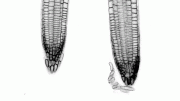
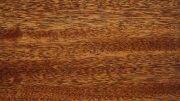
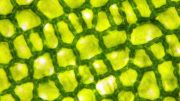

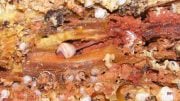

Be the first to comment on "Nanostructure of Wood Revealed – Strength Gains Could Lead to Wooden Skyscrapers"